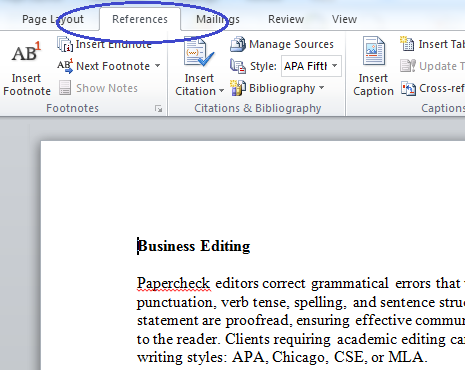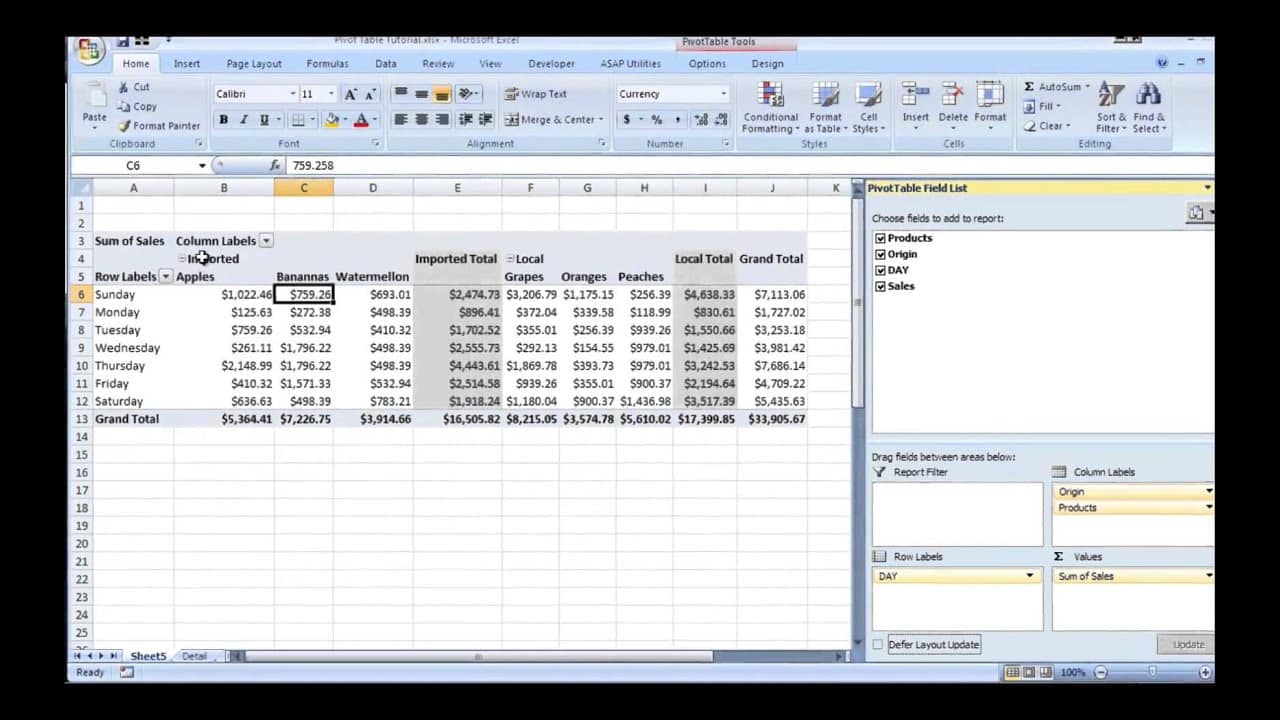

Macintosh: The TOC is generated and appears in your document. Windows: A confirmation dialog box appears. You are returned to the Index and Tables dialog box. To make additional changes to other levels, repeat steps b-f.You are returned to the Style dialog box. From the Styles scroll list, select the level that you want to modify.OPTIONAL: To change the formatting of a level within the TOC when using the From template format,.To include a heading in the TOC, in the TOC level text box for the appropriate style, type the TOC level at which the style should be included.The Table of Contents Options dialog box appears with the available styles listed on the left, and the corresponding TOC levels on the right. Macintosh: From the Show levels text box, type or use the nudge buttons to indicate the appropriate number of levels to include in the TOC Windows: In the General section, in the Show levels text box, select the appropriate number of levels to include in the TOC Once a formatting style is selected, you cannot modify it unless From template is selected. Your selection appears in the Preview scroll list. Macintosh: From the Formats list, select the desired style for the TOC Once a formatting style is selected, you can not modify it unless From template is selected. Your selection appears in the Print Preview and Web Preview scroll lists. Windows: In the General section, from the Formats pull-down list, select the desired style for the TOC Macintosh: From the Insert menu, select Index and Tables. Windows: From the Insert menu, select Reference » Index and Tables. Place your insertion point where the TOC should appear To add a TOC to a document, use the following instructions. Repeat steps 1-5 as necessary for each item to be included in the TOCĪfter you have prepared a document, you can insert a table of contents (TOC). NOTE: By default, levels 1, 2, and 3 are included in the TOC Preparing for a Table of Contents: Using Paragraph Settingsįrom the Format menu, select Paragraph.įrom the Outline level pull-down list, select the appropriate level Repeat steps 1-2 as necessary for each item to be included in the TOC An arrow pointing down indicates the section is maximized, and an arrow pointing to the right indicates the section is minimized. NOTE: The arrow next to the sections on the Formatting Palette indicate whether it is minimized (not shown) or maximized (shown). Macintosh: On the Formatting Palette, in the Styles section, from the Pick style to apply scroll list, select the desired heading Windows: On the Formatting toolbar, in the Style pull-down list, select the desired heading Place your insertion point within the item to be included in the TOC Preparing for a Table of Contents: Using Heading Styles When the table of contents is generated, its style will reflect the differences in your Heading designations.įor additional information on styles, refer to Using Word Styles. For example, a page title might be labeled Heading 1, and the subtopics that fall below it might be labeled Heading 2. You can not only designate what elements will be included in the table of contents, but also how they are arranged as well. To indicate which elements should be included, you should designate each element using either the headings or the paragraph settings option.


#CREATE TABLE OF CONTENTS IN WORD 2003 UPDATE#
This feature allows you to easily and efficiently generate and update a table of contents, which is an important aspect of an effective document.īefore Word can create the table of contents (TOC), you must decide which material will be included and how it should appear. To simplify your document production process, Microsoft Word automates the generation of a table of contents (TOC). This article is based on legacy software. (Archives) Microsoft Word 2003: Generating a Table of Contents (Archives) Microsoft Word 2003: Generating a Table of Contents.Learn more about UWEC's COVID-19 response. Student Expression, Rights & Responsibilities.Mayo Clinic Health System Collaboration.


 0 kommentar(er)
0 kommentar(er)
